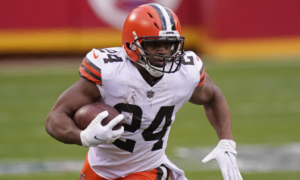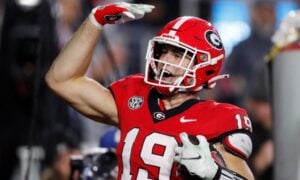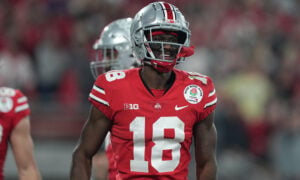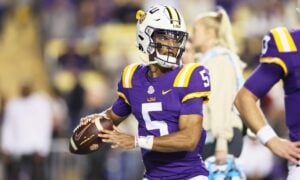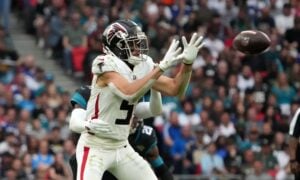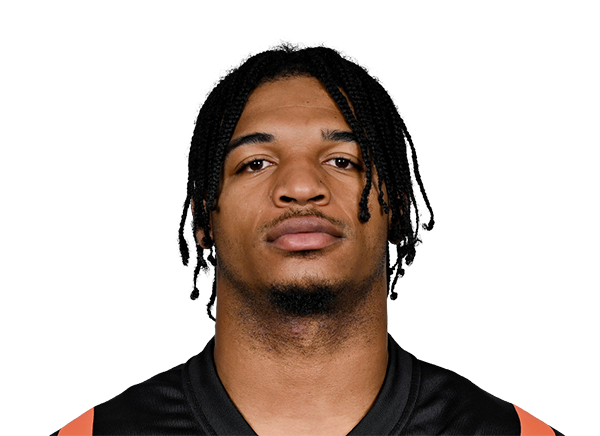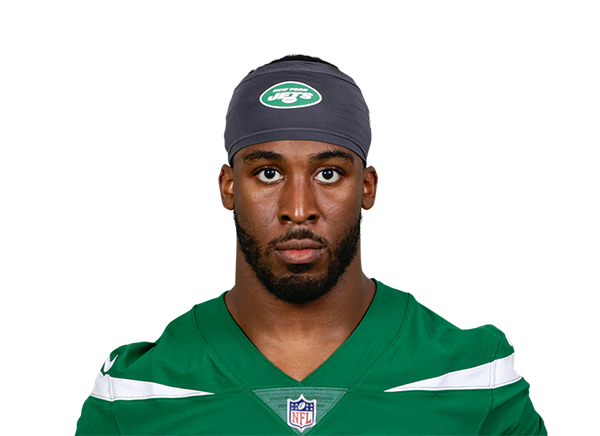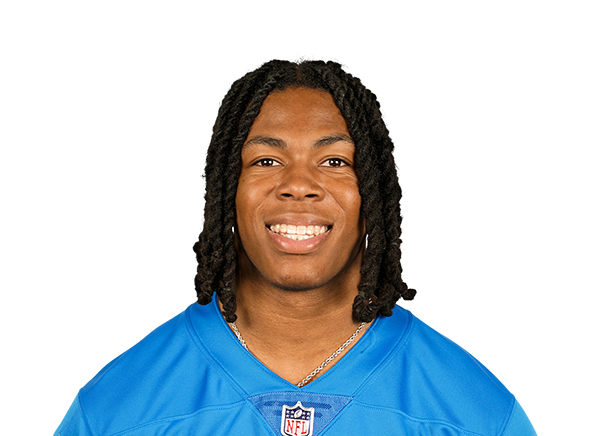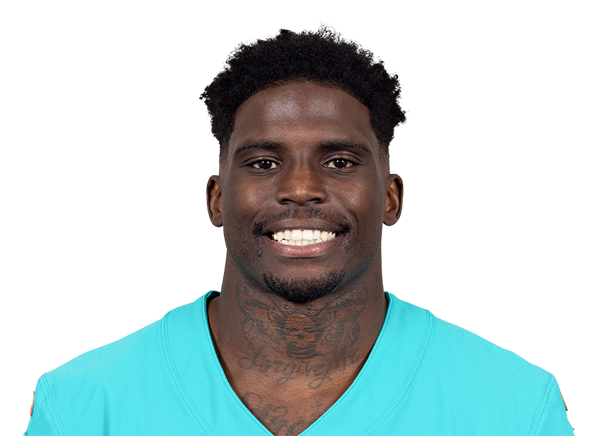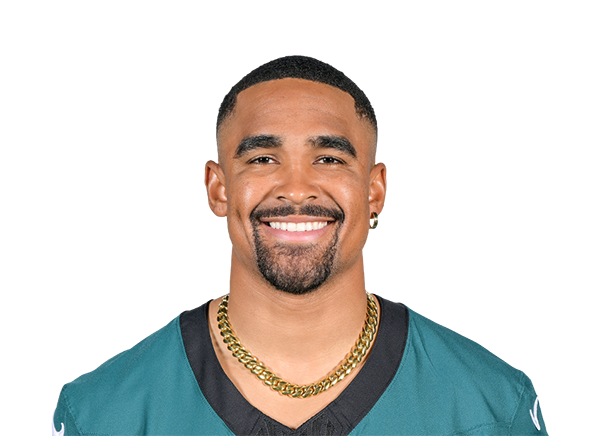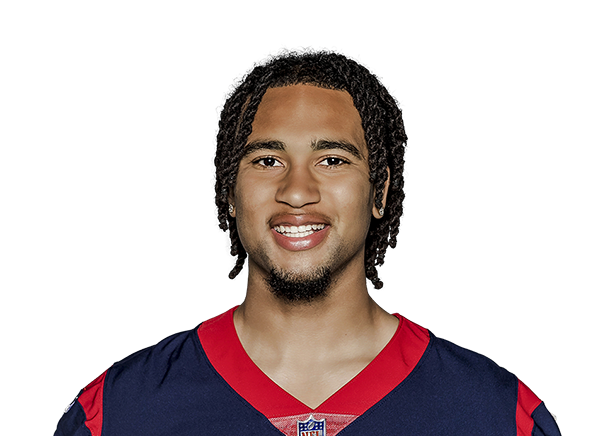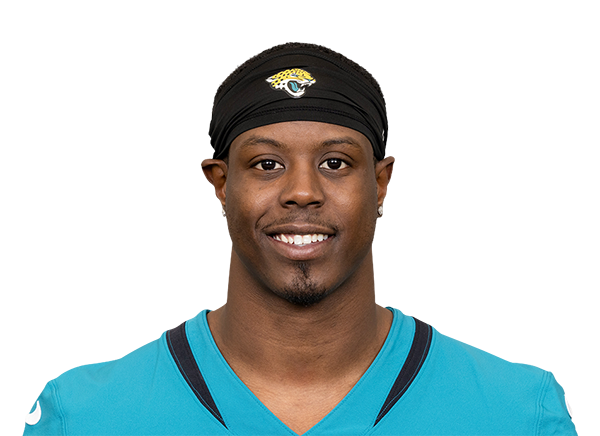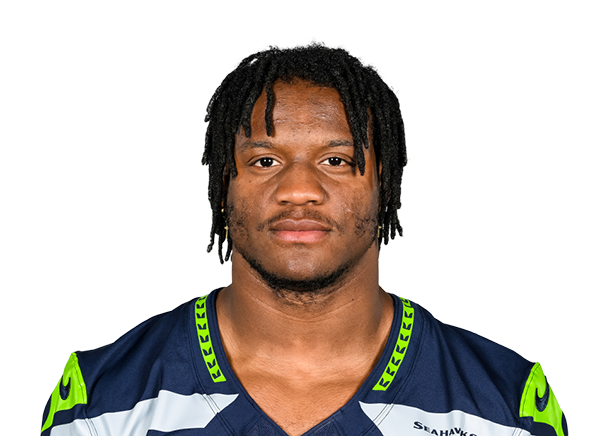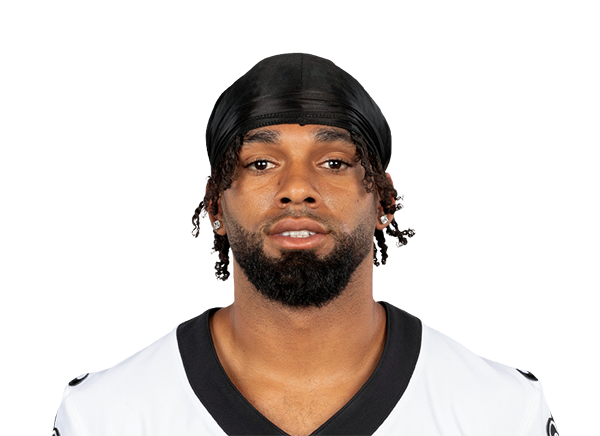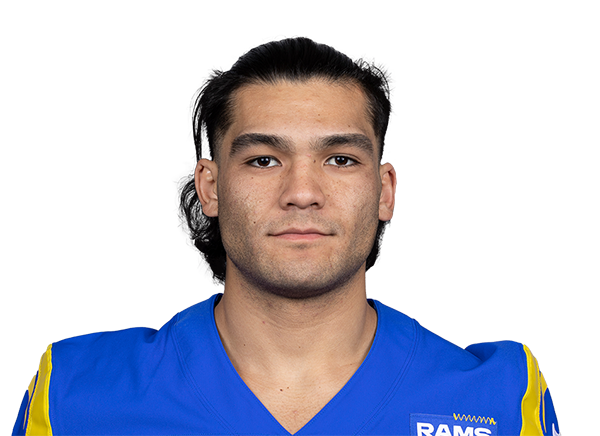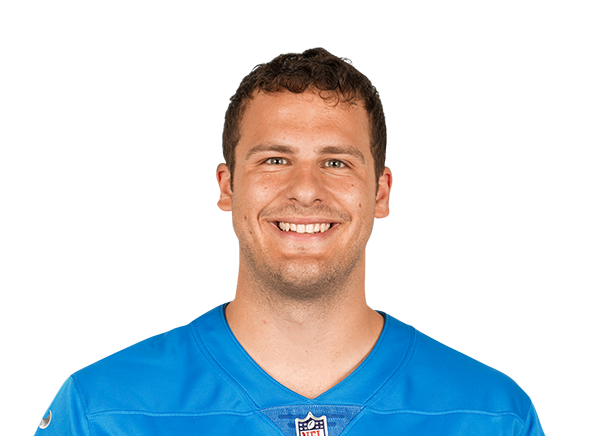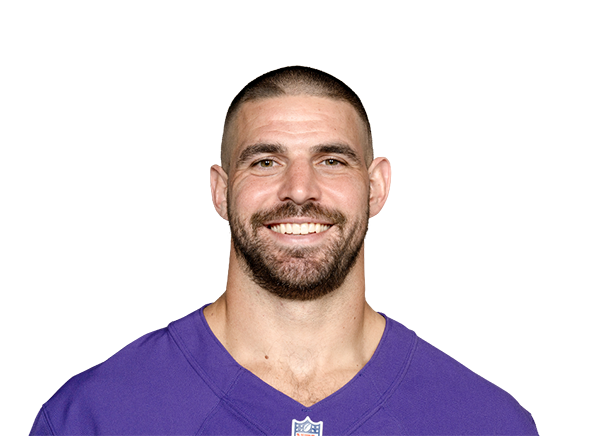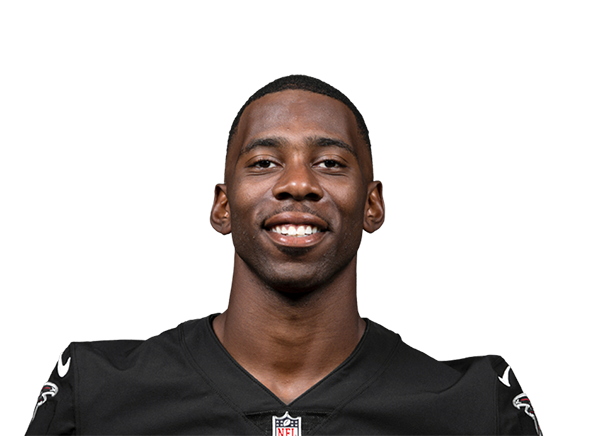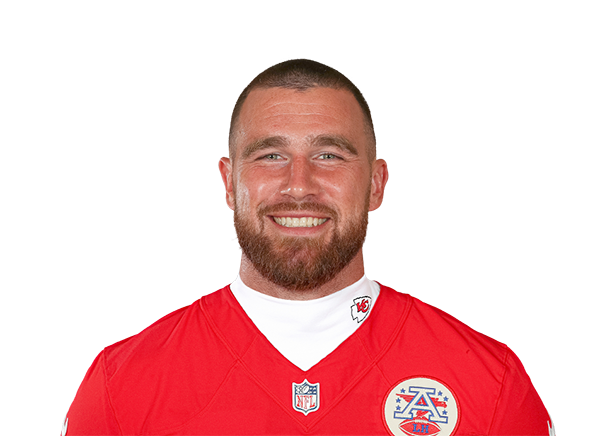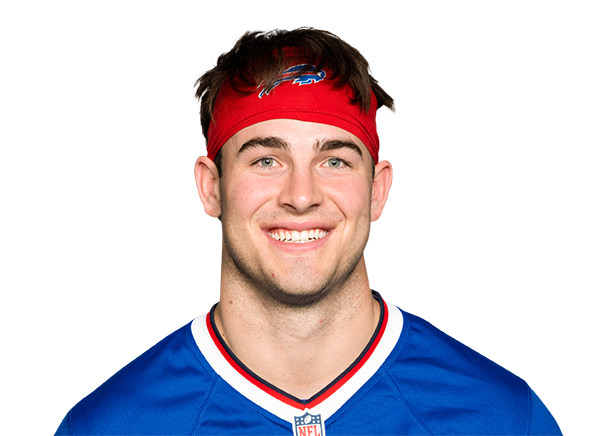The More Dependable Route to Dynasty Success: Trades or Waivers?
Editor’s Note: This article is submitted by a new Member Corner writer, Nick Canzanese (known in the DLF forum as ‘Zounder’). We look forward to seeing much more of Nick’s work in the future.
The piece was originally posted in the forum and was inspired by arguments from Adam Harstad and Brian Malone (Jules).
This conversation is what ultimately led me to this study. I chose to look at waivers because I feel like both Brian and Adam have it right that trading is high variance and being good at it (as in, going positive) is required for it to be worth it. It would also be insanely difficult to use my methodology for trades (it was already pretty tough for waiver claims.)
Before I begin, let me clarify that no one here is arguing that either trading or waiver claims are worthless. The idea is to determine which route is more dependable to dynasty success. We can think of landing an impact player off waivers as increasing the total value of our dynasty roster. We want to determine how expected value of this nature can be gained via waivers. Then, we can decide if we think we can do better via trading.
Methodology
To calculate expected value gained via waivers, I used my own dynasty league, which is five years old (2012-2016.) We have 12 teams, with two teams having owner transitions for a total of 14 owners over the five years. Our roster size is 26, non-IDP, but includes kickers and defenses. Most people roster only one of each so there’s roughly 24 spots deep when considering waivers. I think that is about average for dynasty leagues, so hopefully this study is relevant to most of you.
I went back and counted, for each owner, how many total adds/claims they made that were not for kickers or defenses. I then collaborated with my leaguemates to decide which players fit my definition of “hits.” It’s obviously arbitrary and incredibly difficult to assign a proper definition to “hit” but we settled on a claim/add being a “hit” if that player had second round rookie value or higher at some point while the player was still on your roster. I then calculate “success rate” for each owner, which is total hits divided by total claims/adds.
Results
The success rate of all owners with a non-incredibly-small number of transactions range from 2.5% to about 7%. Those values all with within a range of less than 5%, with a standard deviation of 1.21%, which means there’s very low variance here. I also counted “major hits” which are defined by players who ended up with lasting high dynasty value. It turned out there were only four of these total in five years! This further demonstrates the low variance here compared to trades.

This may be obvious, but the more active one is on the waiver wire, the more total hits they have. I think it’s safe to associate more activity with more research, so it looks like the research pays off. Let’s look at success rate next.

Well, this paints an entirely different story for success rate. Just to be sure, let’s remove the owners whose sample size is too small.

The p-value for this correlation is 0.38. This means that there’s not enough evidence here to suggest that success rate increases with more activity (and presumably more research.) So there’s still merit to being active on the waiver wire since you want to have more hits, but expectations must be tempered because success rate is fairly constant regardless of how active/informed one is. I suppose that makes sense when you think about the nature of waivers.
However, there’s another interesting result here. The average waiver wire success rate is awfully small!
Now, before anyone says “Well you guys must all be bad at waivers,” let me remind you that even in the worst leagues, the Tyreek Hills and Cameron Merediths end up on a roster eventually. This study is not about how efficient we are with our waiver dollars. It’s about how often these guys show up on the waiver wire, and what kinds of teams usually end up with them.
The numbers listed in the table are across five years, but on a per season scale, the expected hit rate for owners is only 0.66 hits per season. Using a minimum transaction amount of forty only raises this number to 0.84 hits per season. Even the most successful owner in our league averages less than two hits per season.
Conclusion
On the surface, the low expected success rate of waiver claims and adds (along with the low variance) go against Brian’s argument. However, before to jump to any conclusions, let’s address Brian’s two main arguments in support of the dependability of waivers. First, he identified the consistency to outperform your leaguemates on waivers if you’re informed and active. My study does, in fact, support this argument (see the first scatter plot) though that argument falls apart if everyone in the league is active and informed, but I suppose how realistic that is leads to a whole other debate.
He also argued that the difficulty of consistently winning trades makes that route less dependable. Given the high floor and low variance of waiver success, I think he’s right that relying on outsmarting your teammates via waivers a more dependable (and viable) route to a guaranteed value increase vs. other options, like trading and the draft. But ultimately, given how little one can expect to profit from waivers on a yearly basis, is it not a dependable (or viable) route to increasing the value of your roster enough to lead to dynasty success.
Challenges/Issues
It’s worth reminding everyone here that “hits” are arbitrary and I’m sure there are some waiver claims that can push a team to a championship without ever being worth a second round rookie pick, and those players wouldn’t have been counted here. Furthermore, being more generous with what I call a “hit” or doing this study with a league with fewer roster spots would lead to higher success rates, which raises the floor of expected value gained via waivers, which would impact my conclusion. Lastly, even though the league is five season old, it’s still a small sample! Some owners were only around for a short while, and some owners that have been around all five years still aren’t very active. I would like to see a study like this done across multiple leagues.
- 2018 Summer Sleeper: New York Jets - July 29, 2018
- 2018 Summer Sleeper: Pittsburgh Steelers - July 24, 2018
- 2018 Rookie Profile: Michael Gallup, WR Colorado State - April 21, 2018







